Wellbeing meets sustainability

Towards a new perspective on environmental conditions in buildings
Expectations that common ground between the long-established BREEAM environmental standard for buildings and the WELL Building Standard for measuring, certifying and monitoring the performance of building features that impact health and well-being will be established this month [January 2017, see page 8] must surely lead to a new perspective on environmental conditions in buildings and how they are serviced. Longstanding concerns about indoor air quality have been evolving into indoor environmental quality and are now progressing into wide-ranging discussions about what is being dubbed ‘wellbeing’ in buildings.
For a long time, the energy consumption of buildings and energy-efficiency have had a major influence on buildings and their services. If you go back 30 years or so, the then pressures on reducing energy consumption in response to energy-supply issues and energy costs led to mechanical ventilation rates being reduced is a case in point. Energy was saved, but the major deterioration in indoor air/environmental quality took many by surprise. Now, of course, heat-recovery ventilation is widely applied and ventilation rates can be matched to varying requirements.
A key incentive to wellbeing in buildings is, no surprises here, business motivated. One suggestion for the importance of employee wellbeing attracting more attention recently is organisations trying to adopt practices that can help them to increase their energy efficiency while optimising the productivity of their staff. That suggestion comes from within the building-services industry. In the business world, productivity is likely to be regarded as rather more important than energy efficiency. People, after all, represent a much greater cost to a business than energy.
It is self evident that a visually stimulating environment is one of the keys to helping to achieve wellbeing; a drab environment is certainly not stimulating. Just as important, and just as self evident, is the quality of the environment delivered by the building services — or those expensive potted plants will soon show signs of suffering.
That the two are not mutually exclusive is the belief of the chairman and CEO of the International WELL Being Institute, who believes in the concept of delivering a more sustainable and healthier built environment as efficiently as possible.
Ken Sharpe is editor of MBS







